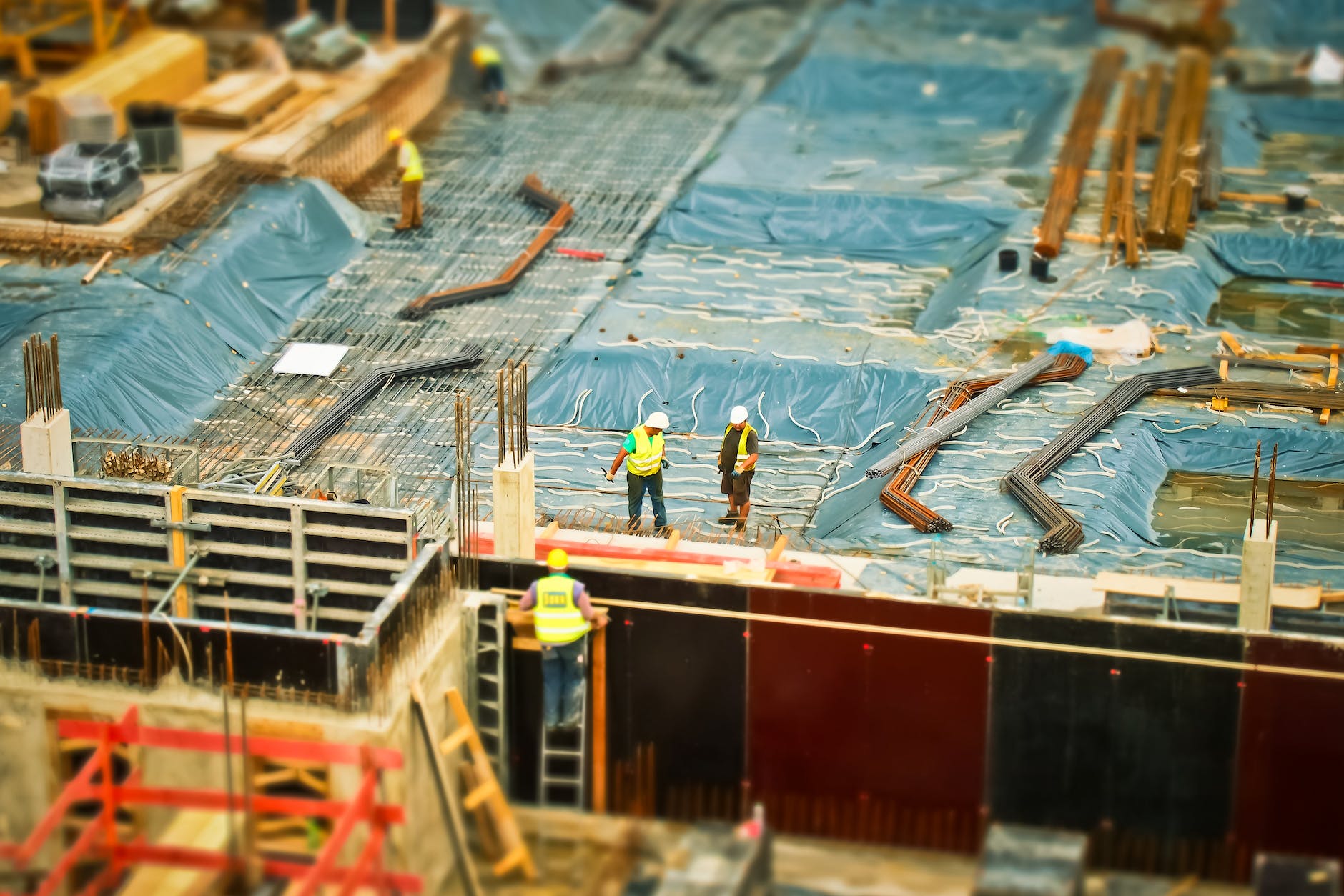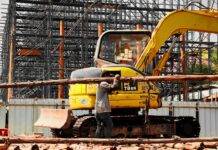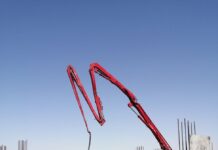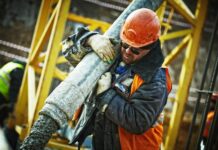
Construction Hazards and Control Measures
Construction sites are dynamic environments where various hazards pose risks to workers and bystanders. Understanding these hazards and implementing effective control measures are imperative to ensure safety. Here’s a comprehensive guide on identifying, managing, and controlling construction hazards.
Introduction to Construction Hazards
Construction sites are inherently risky due to the diverse tasks, heavy machinery, heights, and complex operations involved. Identifying potential dangers is crucial to mitigating risks and preventing accidents.
Common Construction Hazards
- Falls from Heights Falls account for a significant number of construction-related injuries and fatalities. Implementing fall protection systems and ensuring proper training can minimize these risks.
- Electrocution Hazards Electrical mishaps are prevalent on construction sites. Adhering to electrical safety standards and regular inspections can prevent electrocution incidents.
- Struck-by Accidents Workers face risks from moving machinery, falling objects, or vehicles. Creating designated walkways and using warning signals can reduce such incidents.
- Caught-in/Between Hazards Workers can get caught in machinery or confined spaces. Proper equipment maintenance and training on safe operations are crucial.
Risk Assessment and Management
Conducting regular risk assessments helps in identifying potential hazards. Implementing control measures based on these assessments significantly reduces accidents.
Personal Protective Equipment (PPE)
Using appropriate PPE, such as helmets, gloves, and harnesses, provides an additional layer of defense against construction hazards.
Safety Training and Education
A well-trained workforce is the cornerstone of construction site safety. Regular safety briefings and comprehensive training sessions enhance awareness and reduce accidents.
Control Measures for Construction Hazards
Implementing engineering controls like guardrails, administrative controls such as strict protocols, and leveraging technology like drones for site monitoring significantly enhance safety.
Regulations and Compliance
Adhering to construction safety regulations set by bodies like OSHA (Occupational Safety and Health Administration) is mandatory. Compliance ensures a safer working environment.
Emergency Preparedness
Having robust emergency plans and conducting regular drills prepare workers to handle unexpected situations effectively.
Construction sites can pose various hazards to workers, and implementing control measures is crucial to ensure their safety. Here are some common hazards and corresponding control measures:- Falls from Heights:
- Hazard: Working on scaffolds, rooftops, or elevated platforms.
- Control Measures: Provide guardrails, safety nets, or personal fall arrest systems (PFAS). Conduct regular inspections of scaffolds and platforms.
- Struck-by Accidents:
- Hazard: Workers getting hit by falling objects or moving vehicles.
- Control Measures: Implement barricades, warning signs, and designated walkways. Use personal protective equipment (PPE) like helmets and high-visibility clothing.
- Electrical Hazards:
- Hazard: Contact with live wires or faulty electrical equipment.
- Control Measures: Ensure proper insulation, lockout/tagout procedures, and training on electrical safety. Use ground-fault circuit interrupters (GFCIs) and proper PPE for electrical work.
- Excavation and Trenching Hazards:
- Hazard: Cave-ins, collapses, or trapped workers in excavated areas.
- Control Measures: Provide shoring, sloping, or trench boxes for support. Conduct regular inspections and ensure competent persons oversee excavation work.
- Heavy Equipment Accidents:
- Hazard: Accidents involving cranes, forklifts, or other heavy machinery.
- Control Measures: Train operators, establish clear operating procedures, and ensure equipment maintenance. Create visible zones for equipment movement and pedestrian traffic.
- Chemical and Hazardous Material Exposure:
- Hazard: Exposure to harmful substances like asbestos, lead, or toxic chemicals.
- Control Measures: Implement proper handling, storage, and disposal procedures. Provide adequate ventilation, PPE, and training on handling hazardous materials.
- Heat Stress and Overexertion:
- Hazard: Working in high temperatures or overexertion leading to fatigue or injuries.
- Control Measures: Provide shaded rest areas, adequate hydration, and scheduled breaks. Train workers on recognizing signs of heat-related illnesses.
- Confined Space Hazards:
- Hazard: Risks associated with working in confined spaces like tanks or tunnels.
- Control Measures: Conduct atmospheric testing, have proper ventilation, and use confined space permits. Ensure workers are trained in confined space procedures and have necessary rescue plans in place.
Implementing these control measures, along with regular safety training, effective communication, and hazard assessments, can significantly reduce the risks and ensure a safer working environment in construction sites.Conclusion
Construction hazards pose significant risks, but with meticulous planning, adequate training, and the right control measures, these risks can be minimized, ensuring a safer working environment for everyone involved.
Construction Safety at Workplace
Construction Safety Toolbox Talk Meeting
How Many Insurance Policies are Required in Construction?
FAQs
- Are construction hazards preventable entirely? While it’s challenging to eliminate all hazards completely, proactive measures like proper planning, training, and implementing stringent safety protocols significantly reduce the risks associated with construction hazards.
- What role does employee training play in reducing construction hazards? Employee training is pivotal in creating awareness about potential risks and how to mitigate them. Well-trained workers are more equipped to identify hazards and follow safety procedures, reducing the likelihood of accidents.
- How often should risk assessments be conducted on construction sites? Risk assessments should be regular occurrences, ideally before starting new phases of work or whenever there are significant changes to the site or work processes. Regular assessments ensure ongoing safety measures are effective and up to date.
- How can small construction businesses implement effective safety measures? Small construction businesses can start by prioritizing safety, providing adequate training to their employees, ensuring compliance with safety regulations, investing in necessary protective equipment, and fostering a safety-conscious culture within their teams. It’s also beneficial to seek guidance from safety professionals or regulatory bodies for tailored advice.
























